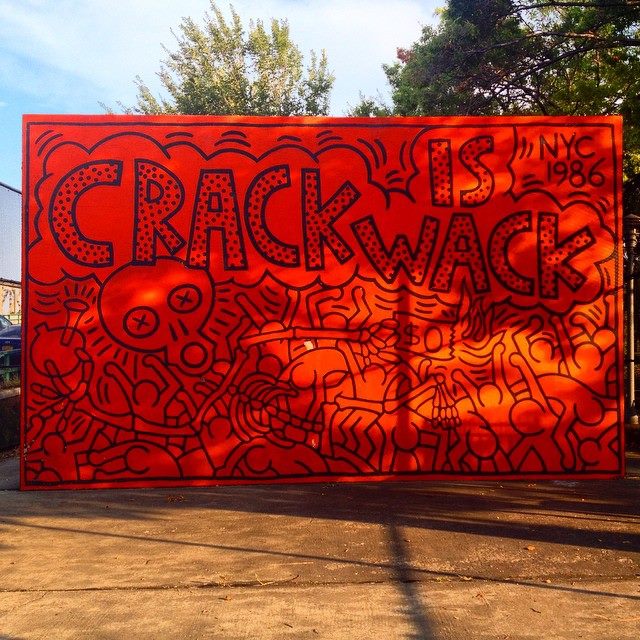
The streets of New York City are the places where the drug epidemics have been heard the loudest. Places like Charlotte Street in the South Bronx and the “Crack is Wack” playground in Harlem stand as testaments of the history of the crack epidemic.
Charlotte Street was emblematic of the urban decay that devastated the Bronx in the 1960s and 1970s. Charlotte Street was strewn with rubble. The buildings that were standing were burned out. Presidents Carter, Reagan, and Clinton visited Charlotte Street to try to show that they understood the crack epidemic and its impact on American cities.
While presidents came to the Bronx to communicate their commitment to ending the crack epidemic, the streets continued to be ravaged by drugs. Some artists took to the walls to serve as clarions of the danger consuming New Yorkers.

For as long as the New York City Chief Medical Examiner's office has recorded data on unintentional drug overdose involving opioids, neighborhoods in South Bronx have consistently made it to the top five in overdose death rates. But Daliah Heller, a clinical professor at the CUNY Graduate School of Public Health and Health Policy said one must interpret these numbers carefully to take into account densely populated areas.
"We've had higher rates of overdose in New York City than the rest of the country for a long time, but now the country is catching up and the city might finally be doing a bit better," Heller said.
Heller adds that it is important that people understand the role that other drugs play in contributing to overdose deaths.
"The truth is it's the mixing drugs that often times leads to the actual overdose."